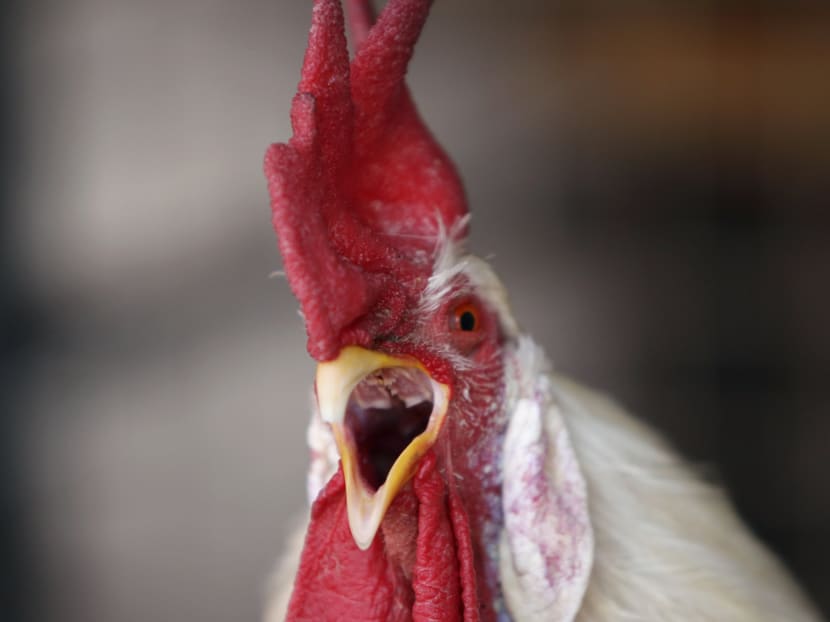Bird-flu deaths rise in China, shutting poultry markets
BEIJING — China is experiencing its deadliest outbreak of the H7N9 bird-flu strain since it first appeared in humans in 2013, killing 79 people in January alone and spurring several cities to suspend live poultry trade.

Photo: Reuters
BEIJING — China is experiencing its deadliest outbreak of the H7N9 bird-flu strain since it first appeared in humans in 2013, killing 79 people in January alone and spurring several cities to suspend live poultry trade.
The National Health and Family Planning Commission said on Wednesday (Feb 15) that by the end of January a total of 100 people had died in the current bird flu season, which commonly emerges in winter and continues into the spring.
The 79 deaths in China last month compared to just five in January 2016, according to the commission.
The surge in fatalities has raised concerns that a severe outbreak looms, though health officials have said the worst has likely passed.
H7N9, a subtype of influenza that affects both birds and humans, was first discovered in China in 2013.
Most infected patients become severely ill, and nearly one in three cases are fatal.
The government is urging people to avoid live poultry markets, where poor sanitation conditions can raise the risk of contamination.
A top official with the Chinese Centre for Disease Control and Prevention, Ni Daxin was quoted on Thursday by the state-run China Daily as saying the common Chinese preference for live or freshly-slaughtered chickens was contributing to the disease’s spread.
“If the public buys only frozen poultry, control of the epidemic will be much easier,” Mr Ni said.
The live poultry trade has been temporarily halted in the cities of Guangzhou in the south, Changsha in central China, and the entire eastern province of Zhejiang, among other areas.
Zhejiang alone reported 35 infections in January, state-run Xinhua news agency quoted officials saying.
The majority of infections occur through contact with diseased poultry and bird waste at markets and in rural areas.
But at least two possible cases of human-to-human transmission have been reported since September.
On the popular Chinese social-networking platform Weibo, many users expressed concern over the virus and paranoia over common-cold symptoms, while others said they were swearing off chicken. AFP





